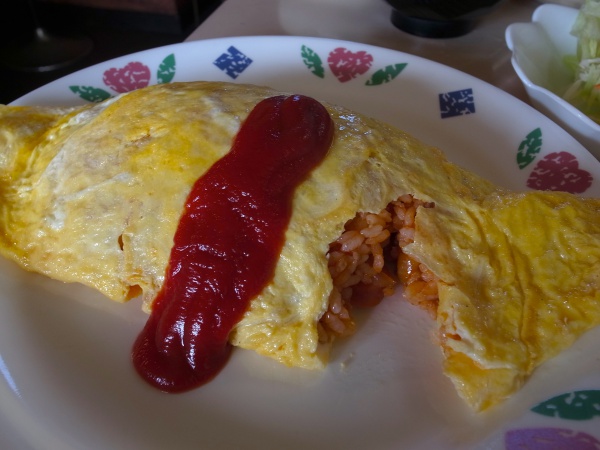Facts About Omurice
Omurice, or omu-rice, is a cherished dish in Japan that seamlessly combines an omelet with fried rice, often adorned with a drizzle of ketchup. This yōshoku (Western-style) dish is a hit among children and has become a staple in Japan's children's meals, known as okosama-ranchi. You'll find it not only being prepared at home but also served in Western-style diners across Japan.
The name "omurice" is a blend of the Japanese pronunciations for "omelet" and "rice" showcasing the unique wasei-eigo, or Japanese-made English words. The origins of omurice trace back to Tokyo's Ginza district in the early 20th century, specifically to a restaurant called Renga-tei. It was inspired by chakin-zushi, a type of sushi wrapped in a thin egg crepe. Since then, omurice has gained popularity beyond Japan, reaching Korea and Taiwan, where it is a common item on gimbap restaurant menus.
There are several delicious variations of omurice. Some include chikin raisu (chicken rice), omusoba (with fried noodles), and omutako (omelet over taco rice). The fried rice inside the omelet can be flavored with various ingredients such as meats, vegetables, beef stock, ketchup, demi-glace sauce, white sauce, or simply salt and pepper. In Southeast Asia, a similar dish called nasi goreng pattaya features chicken fried rice wrapped in a thin fried egg or omelet.
Omurice has also made its mark in popular culture. It appeared in the 1985 film "Tampopo" and frequently shows up in anime, often depicted as a favorite among children or presented in a playful, childlike manner.
